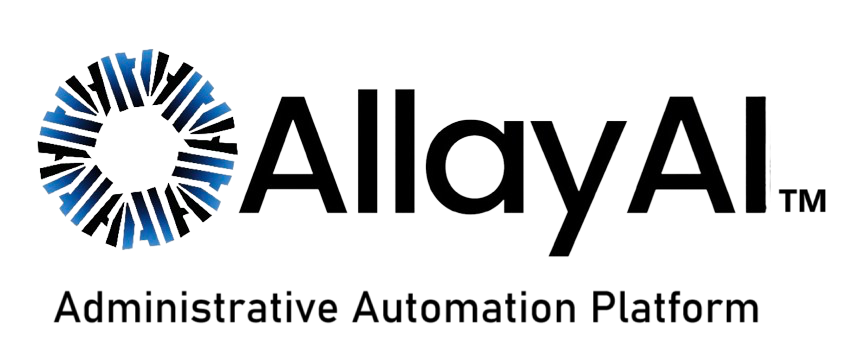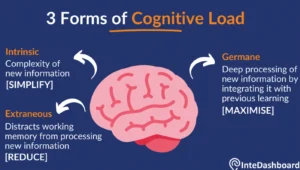Introduction
Have you ever been to a doctor appointment and felt like the doctor was more focused on their screen than you? Well, you are not alone. This is a prevalent issue in healthcare.
Today’s doctors are drowning in digital paperwork. Every visit involves clicking through endless electronic health records (EHRs), typing notes, ordering meds, and more. The result? Less time for actual human connection. And that’s a problem. Because trust, empathy, and even the quality of care all start with something simple: eye contact.
The Documentation Dilemma: A Time Suck That Hurts Care
Here’s the reality, doctors are spending two hours on the computer for every one hour with patients (TIME, 2023). That’s not just frustrating for providers, it’s deeply felt by patients too. Ordering something as basic as Tylenol can require 14 to 62 clicks. In a single 10-hour ER shift, doctors might hit 4,000 clicks just to keep up with documentation. It’s exhausting.
And while doctors are focused on screens, they’re not looking at their patients. This lack of eye contact can make it easy to wonder if your doctor is actively listening to what you have to say. When this cycle continues, feelings of frustration and dissatisfaction arise, further decreasing adherence to treatment plans.
Why Eye Contact Still Matters (More Than Ever)
Eye contact is more than just a polite gesture; it is very important for good patient care. Research has shown that 86.1% of patients appreciate their doctor’s attention through eye contact. It helps build trust, shows empathy, and makes the whole experience feel more personal and supportive.
Many studies have shown that patients see their doctors as more empathetic and trustworthy when steady eye contact is maintained. Think about it, when someone is actively looking you in the eye as you talk, it shows they are paying attention and care. In healthcare, that simple gesture can go a long way in helping patients feel acknowledged.
On the other hand, when doctor’s are not being attentive and find themselves buried in their laptop with documentation, patients can feel unheard or dismissed. And these feelings can have very real clinical consequences.
When a patient does not trust their doctor, it often can lead to lower adherence to treatment plans.
- Patients may hesitate to follow through with recommendations.
- They might avoid asking clarifying questions.
- Worse, they may skip follow-ups or stop treatment altogether.
Research has consistently shown that patient compliance improves when trust is established, and eye contact is one of the fastest, most effective ways to build that trust in the exam room.
In an era where mistrust in the medical system is already high, especially among marginalized communities, every opportunity to build connection counts. If providers can’t offer undivided attention, even for a few crucial minutes, it becomes that much harder to establish the rapport needed for effective care.
The Language Barrier Problem: Another Hit to Eye Contact
Now, imagine adding a language barrier into the mix. In multilingual settings, conversations often get routed through an interpreter. Necessary? Absolutely. But it comes with trade-offs. Doctors end up speaking to the interpreter, not the patient. They glance away, wait for translations, look back, and so on. That constant back-and-forth breaks the direct connection.
The result? Eye contact suffers even more, and patients feel sidelined in their own medical visit. It’s frustrating for everyone. The human moment, the trust, the connection, is lost in translation.
How AllayAI Brings the Focus Back to the Patient
This is where AllayAI steps in. AllayAI is a AI medical scribe for doctors designed to take the weight of documentation and translation off the doctor’s shoulders. Its real-time transcription feature captures every important detail of the visit, without the doctor having to type a thing. At the same time, its two-way translation handles language differences smoothly and in the background, so conversations can flow naturally. That means doctors can stay fully focused on their patient. No more splitting attention between typing, translating, and talking.
As one physician put it:
“AllayAI truly improves the patient experience, allowing more eye contact while having a conversation with the physician.”
That’s the whole point. With AllayAI, patients get more than just words translated, they get their doctor’s undivided attention, free from the distractions of note-taking and screen hopping. It brings the focus back where it belongs: face-to-face, human-to-human.
Real-World Impact: What Happens When Doctors Can Actually Look Up
Take a busy community clinic with patients from all backgrounds. Before AllayAI, visits were a juggling act. Doctors had to navigate EHRs, manage language barriers, and somehow build rapport, all at once. After implementing AllayAI, everything shifted. Physicians could finally sit with their patients, make eye contact, listen, and have real conversations. The documentation and translation happened quietly in the background.
Focusing on eye-contact and connection increases trust between patients and their doctors which not only improves communication, but also prompts better adherence to treatment plans. When doctors have less background work to worry about, they can focus on what they do best: connecting, listening, and caring. That’s how healthcare should feel.




